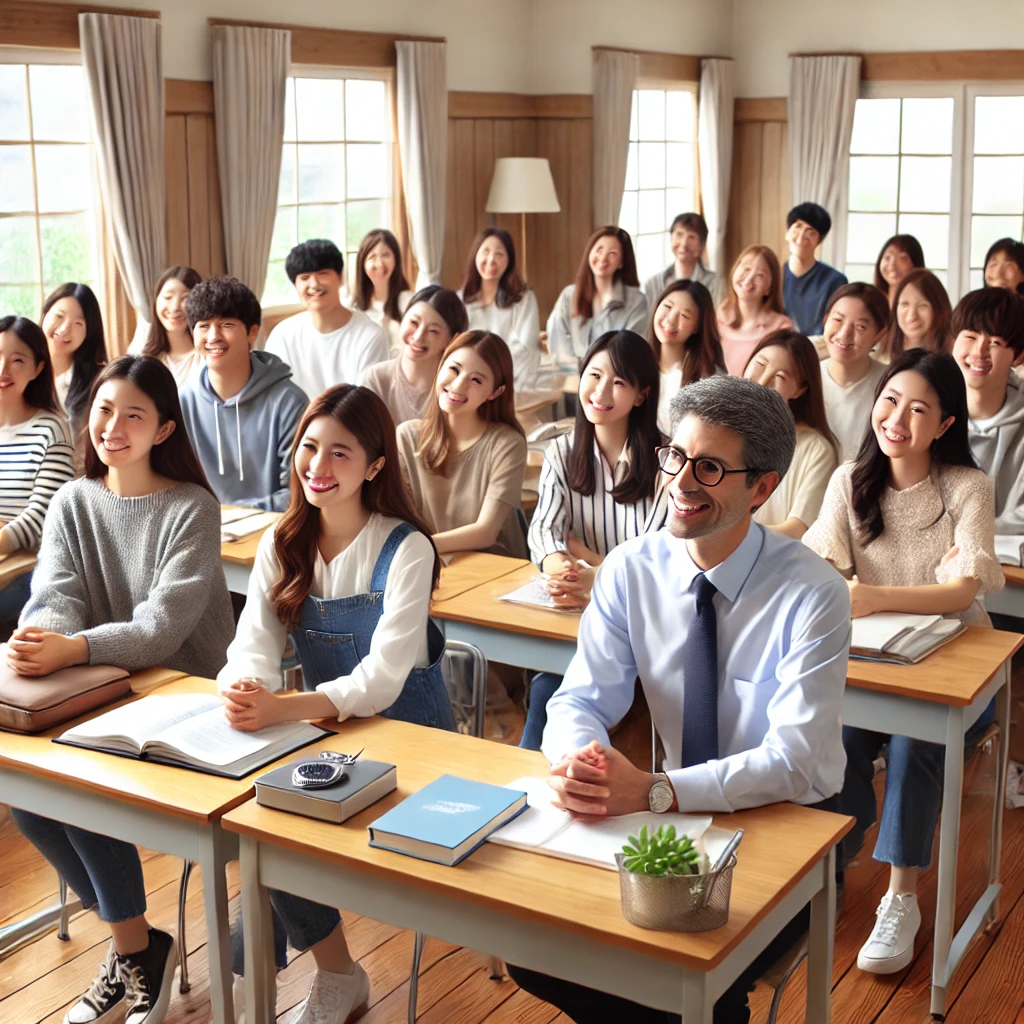Unlocking the Potential of TEFL Techniques with Visual Aids and Props
Enhancing the learning experience for students of English as a Foreign Language (TEFL) can be significantly improved through the use of creative techniques, particularly those involving visual aids and props. By incorporating these tools into lesson plans, educators can engage students on a deeper level, promote better retention of information, and create a dynamic and interactive classroom environment. This article explores the benefits of using visual aids and props in TEFL teaching, provides examples of effective techniques, and offers tips for maximizing their impact.
The Power of Visual Aids in TEFL Teaching
Visual aids play a crucial role in the TEFL classroom by making abstract concepts more tangible and accessible to students. Whether through the use of flashcards, charts, diagrams, videos, or real-life objects, visual aids help to reinforce language learning in a visual and memorable way. By appealing to different learning styles, visual aids cater to a diverse range of students and can enhance comprehension and retention of new vocabulary, grammar rules, and language structures.
One of the key advantages of visual aids in TEFL teaching is their ability to facilitate communication in the target language. By providing visual cues and prompts, teachers can encourage students to express themselves more confidently and fluently. Visual aids also serve as a valuable reference point during activities and exercises, enabling students to reinforce their understanding of the material through hands-on practice. Additionally, visual aids can spark curiosity, creativity, and critical thinking skills among students, making the learning process more engaging and enjoyable.
Effective Techniques for Using Visual Aids and Props in TEFL
There are numerous creative techniques that teachers can employ to maximize the impact of visual aids and props in the TEFL classroom. One popular method is the use of storytelling, where teachers narrate a story using visual aids such as storyboards, puppets, or props to illustrate key plot points. This technique not only enhances listening and comprehension skills but also encourages students to use their imagination and creativity to retell the story in their own words.
Another effective technique is role-playing, where students take on different roles and scenarios using props or costumes to act out dialogues and situations. This interactive approach not only improves students' speaking and listening skills but also fosters collaboration, empathy, and cultural awareness. By incorporating real-life objects or props related to the scenario, teachers can create a more immersive and authentic learning experience for students.
Furthermore, visual aids can be used to introduce and practice new vocabulary and grammar concepts in a fun and engaging way. For example, teachers can use flashcards with images to teach vocabulary related to daily routines, food, animals, or emotions. By associating words with visual representations, students can better internalize the meaning and usage of new words, leading to improved language acquisition and communication skills.
Tips for Maximizing the Impact of Visual Aids and Props in TEFL Teaching
To make the most of visual aids and props in the TEFL classroom, teachers should consider the following tips:
1. Keep it simple: Use clear and visually appealing materials that support the learning objectives of the lesson.
2. Be strategic: Integrate visual aids and props at key points in the lesson to reinforce learning outcomes and engage students effectively.
3. Encourage interaction: Encourage students to interact with visual aids and props through hands-on activities, discussions, and games.
4. Provide guidance: Clearly explain the purpose and use of visual aids and props to students to ensure they understand how to make the most of these tools.
5. Be creative: Experiment with different types of visual aids and props to cater to diverse learning styles and preferences.
By incorporating these tips into their teaching practice, educators can harness the power of visual aids and props to create a dynamic and engaging learning environment that inspires students to actively participate in the language learning process.
Coursebooks And Materials/use Visual Aids Theories Methods Techniques Of Teaching Methodology Review What ESL teaching methods actually work with young learners? Teaching English Esl Efl Tips/passive Voice Usages How To Pronounce Deterioration Accredited Tefl Tesol Courses tesol articles TESOL Articles What is an ESL teacher? tesol articles TESOL Articles Coursebooks And Materials/materials Suitable For Classroom



